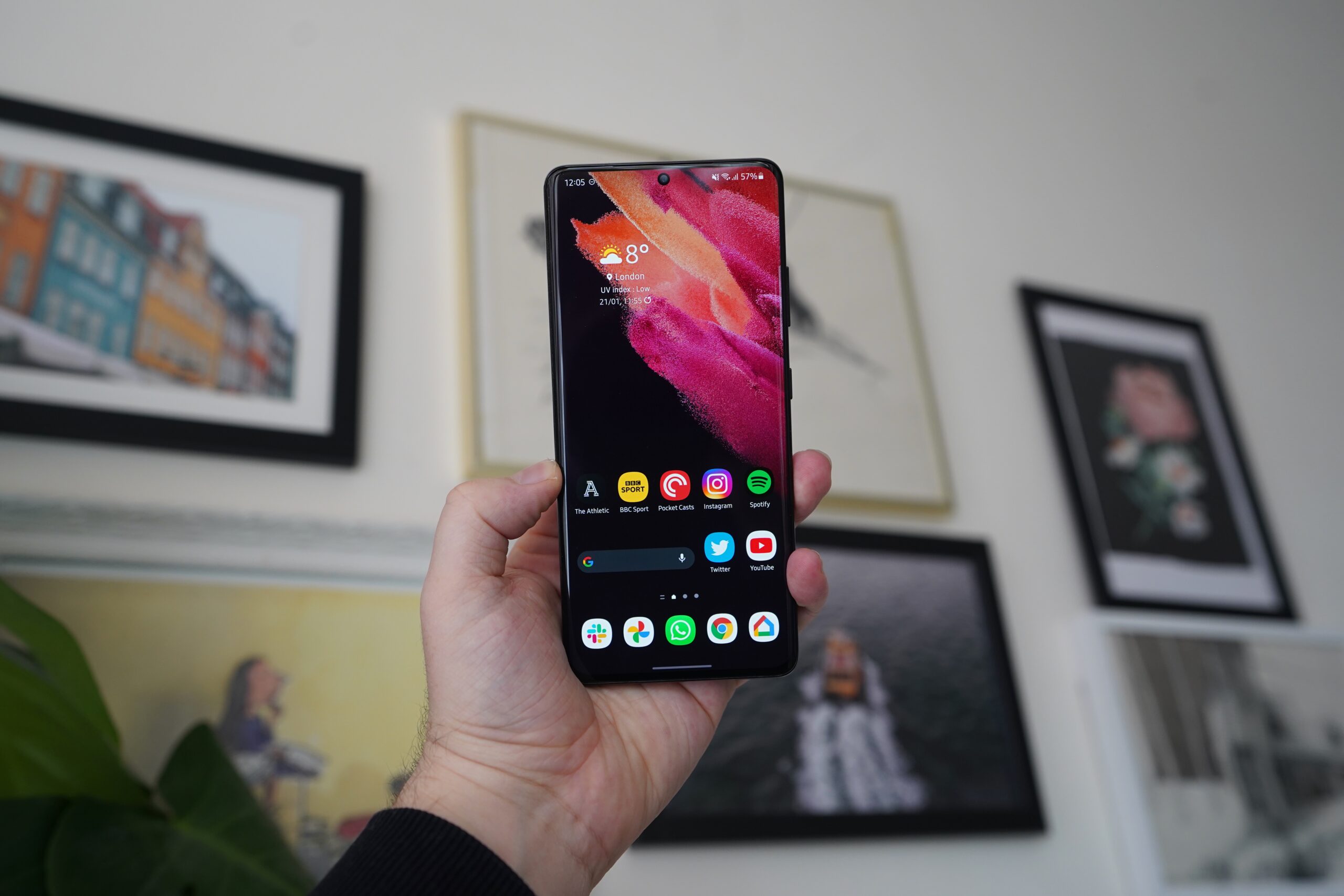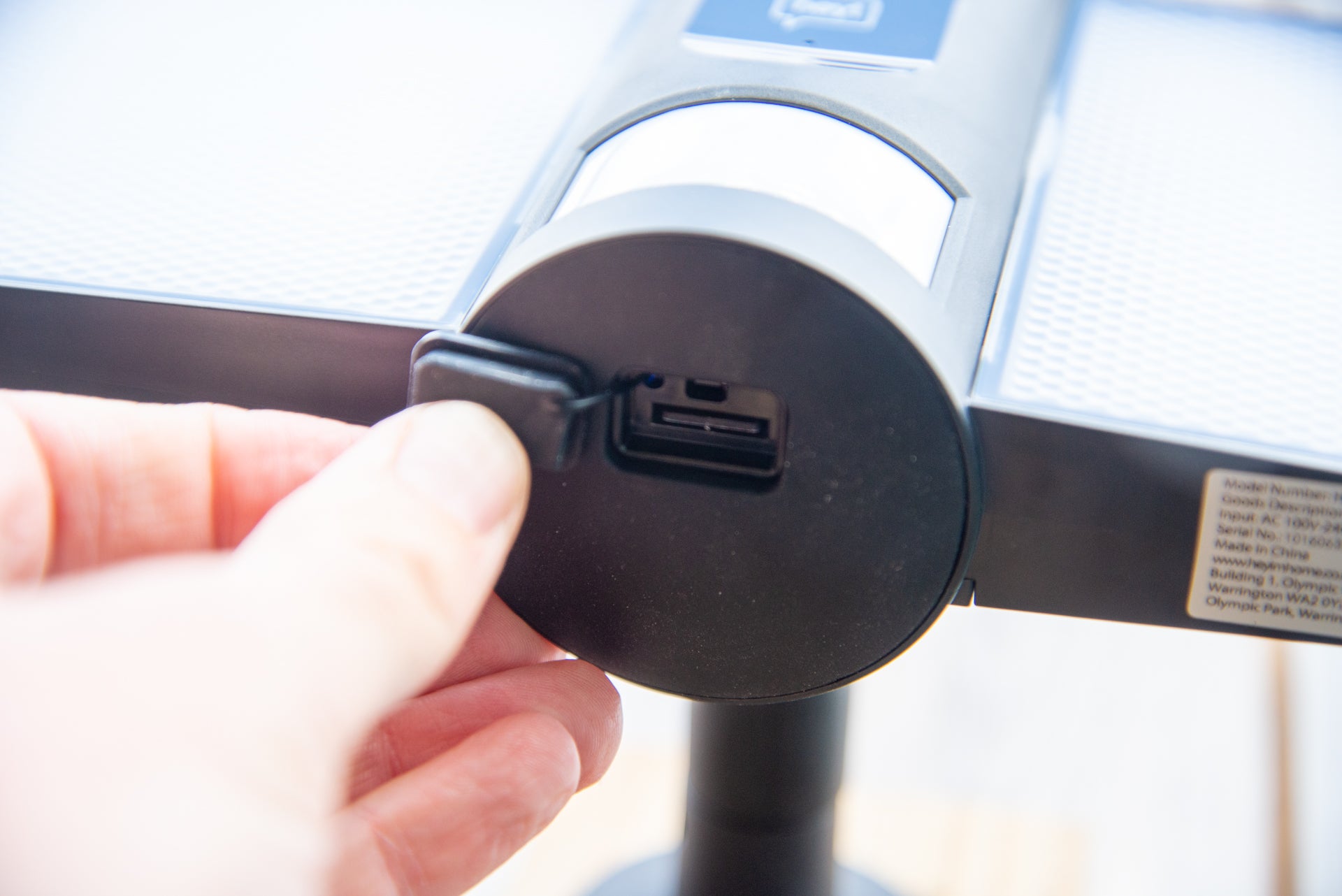Your phone is the camera you take with you everywhere. If you haven’t updated your phone in a while, you’ll be pleasantly surprised by how much phone camera performance (particularly low-light image quality) has improved. We’ve nearly arrived at the day when you can leave your old point-and-shoot at home as long as you have a decent camera phone with you.

From Selfies to Portraits
One of the most aggravating issues we’re encountering right now is that many of the finest cameras are on smartphones that aren’t available in the United States. Manufacturers like Huawei, Oppo, and Xiaomi are releasing new camera technology at a rapid pace, but they don’t sell phones in the United States because to various reasons, and their phones don’t work well on our networks.
The Google Pixel 6 Pro has the greatest camera stack available on an Android phone.
Trends and Accessories
A few years ago, we started seeing phones with a lot of lenses on the market, and it’s still going strong. Many handsets now have a regular lens, a magnifying zoom lens, and a wide-angle lens. Colour filters (which are possible in software) and macro lenses (which are improving slowly) have been less effective lenses and sensors that we’ve seen.
The Pixel 6 Pro’s main lens produces clean pictures with a good depth of field.

There are currently only a few options in the United States for super-high-megapixel camera phones. The Samsung Galaxy S21 Ultra is an exception, with a sensor with a resolution of 108MP. The benefit of a high megapixel count is that you can zoom and crop photographs after they’ve been taken, or do lossless digital zooming in your camera app without the need for an additional magnifying lens. The disadvantage is that the individual pixels may be tiny, posing difficulties for colour capture and low-light shooting.
Superzoom is also rather popular. Phones are now combining zoomed-in high-megapixel photos, optical zoom lenses, and software to provide you with 30x, 50x, or—in the case of the Galaxy S21 Ultra—100x zooming. In general, anything more than 10x magnifies digital zoom artifacts significantly. However, a good 10x zoom on the Galaxy S21 Ultra is still a significant improvement over what we had previously.
The Samsung Galaxy S21 Ultra can zoom far while still maintaining excellent image quality.
Higher megapixels do not always correspond to larger sensors. The majority of the phones that are solid in the US fall behind their global counterparts. The Samsung Galaxy S21 Ultra’s 1/1.33-inch primary sensor and the Apple iPhone 13 Pro Max’s 1/1.65- When you compare the Huawei P40 Pro’s huge 1/1.128-inch primary sensor to the Xiaomi Mi 11 Ultra’s enormous 1/1
The most up-to-date Night modes now combine nearly a dozen successively captured frames to brighten images and enhance clarity. It looks as though they took long, multi-second photographs, but they utilize artificial intelligence technology to combine the various frames together. The Google Pixel phones, Apple’s iPhones, the OnePlus 9 duo, and Samsung Galaxy S phones all have excellent night modes.
Combine all of that with a high-quality Pro mode. The majority of cellphones have manual settings that allow you to change the virtual exposure, aperture, and focus point to obtain the shot you desire. If you need a quick image, on the other hand, virtually every smartphone on our list employs machine learning and other software modifications to produce stunning photographs
The iPhone 13 Pro takes excellent low-light photographs right out of the box, but you’ll get the greatest shots if you fine-tune them.
What About Video?
In today’s world, video is more essential than ever. Here are a few characteristics to look for.
Optical image stabilization is always preferable to electronic or digital image stabilization, resulting in less jittery films. Many high-end phones now combine both for a Steadicam-like effect.
